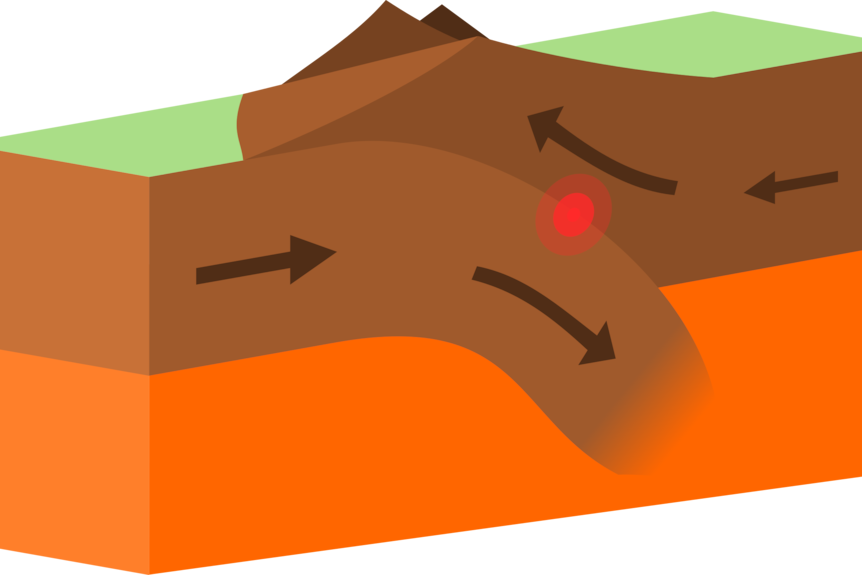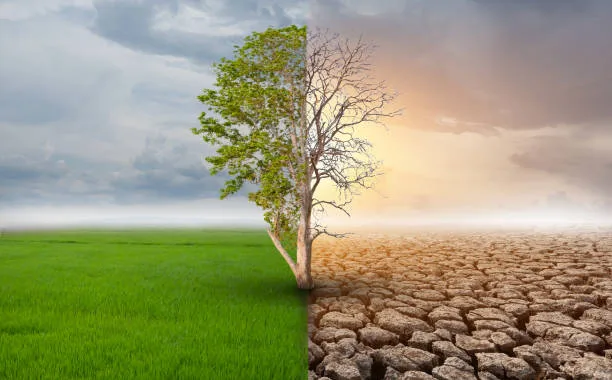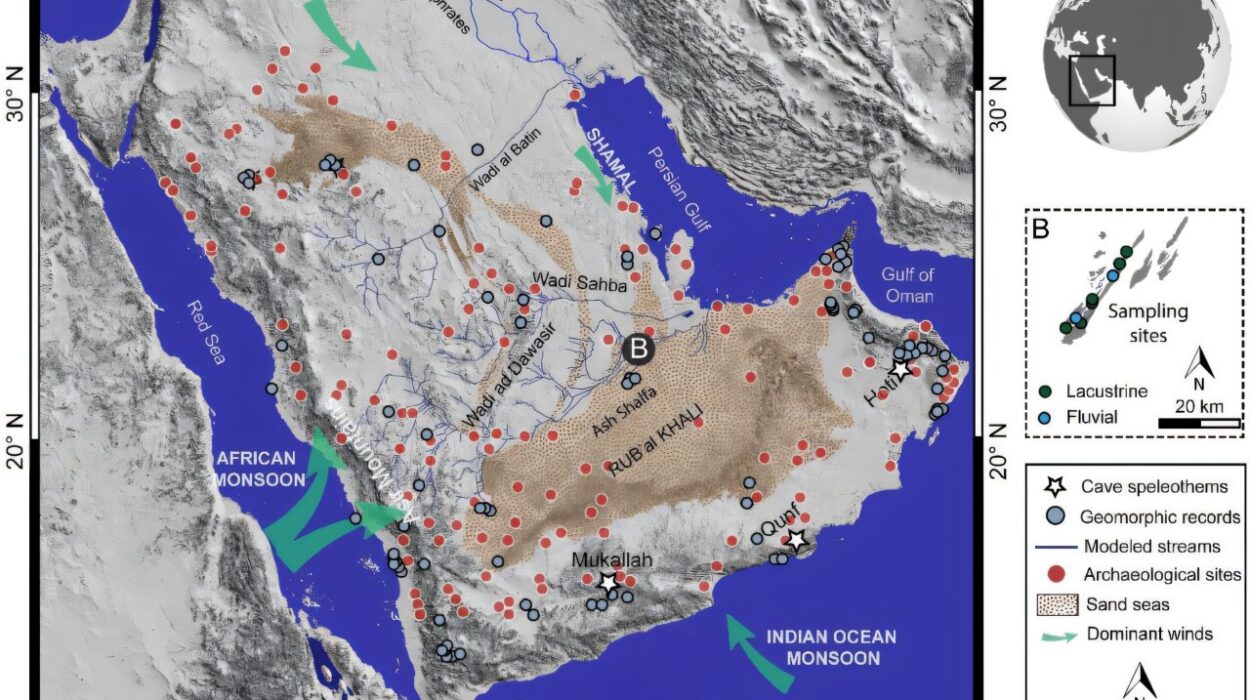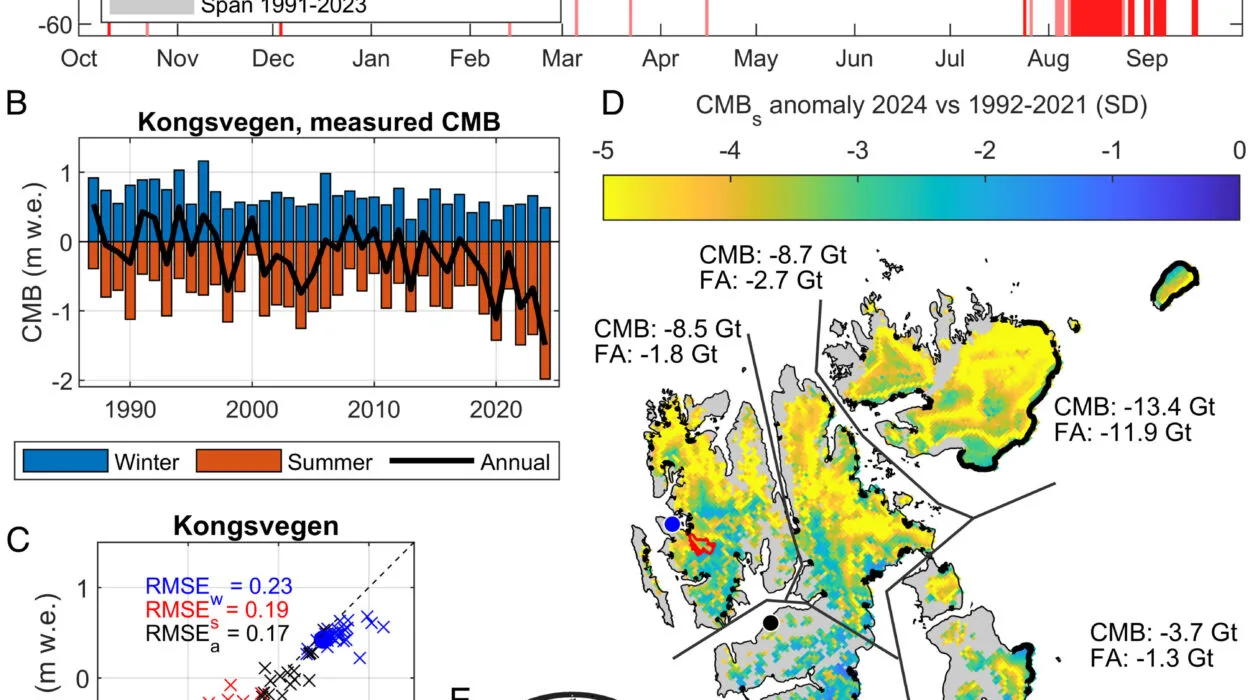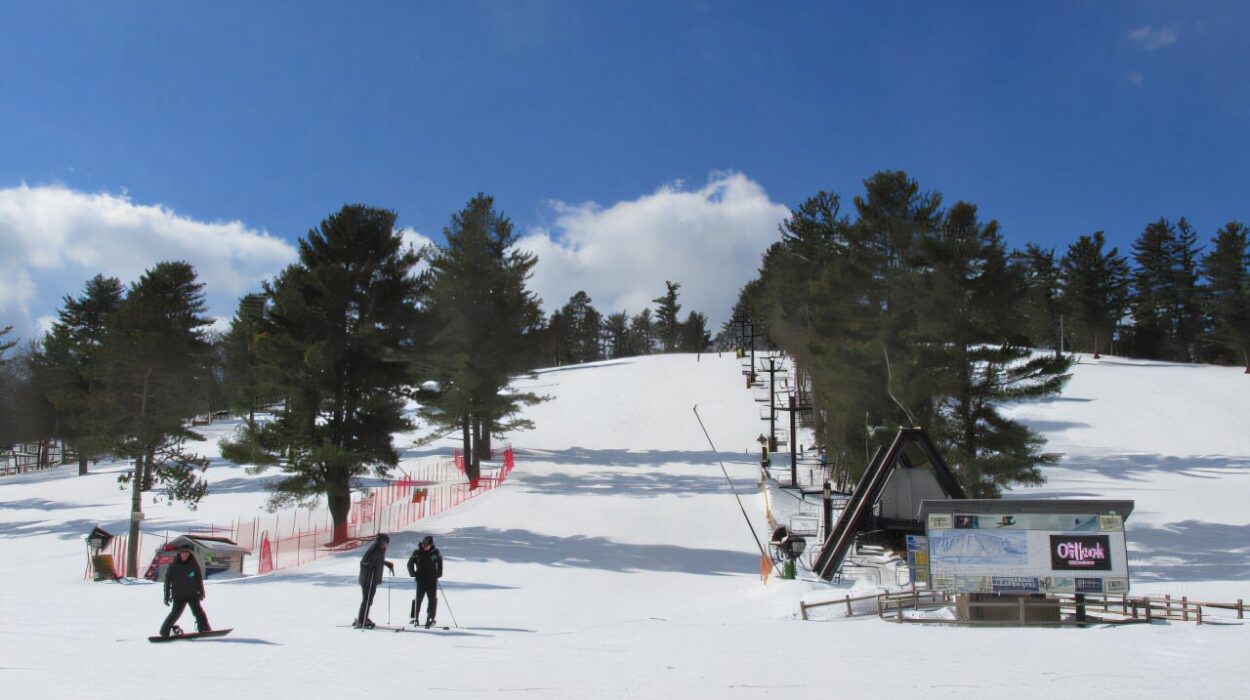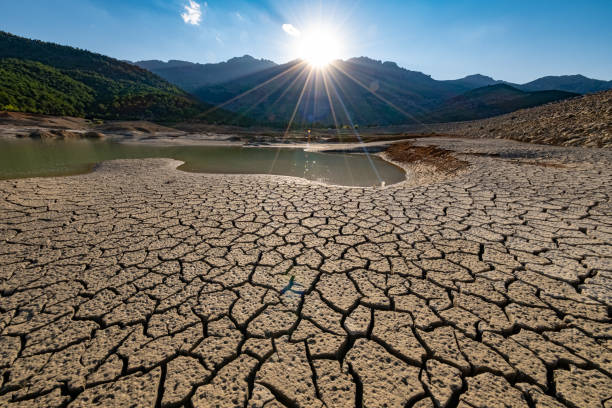It begins with a whisper—so subtle, so faint, that only the Earth itself can hear it. Deep beneath the ground, where ancient rocks grind and strain under invisible forces, the planet shifts. There’s no warning bell. No alarm. Just a sudden snap, like a cosmic bone breaking under pressure built over centuries. And then, in a terrifying instant, the world above quakes.
Earthquakes have always inspired awe, fear, and wonder. They arrive with little notice, rearranging landscapes, toppling cities, and rewriting lives in seconds. For thousands of years, human beings could only guess at the cause, often attributing these tremors to divine punishment or mythical beasts. Today, we know better—but only just.
Even in the age of satellites and space telescopes, earthquakes remain one of nature’s most elusive mysteries. We can split the atom, decode the genome, and peer into the hearts of galaxies, but predicting when the Earth will shake is a task that continues to challenge—and at times frustrate—science.
And yet, seismologists, the scientists who study earthquakes, are getting closer. They listen to the planet’s underground murmurings, decode its trembling language, and explore the delicate dance of tectonic forces. Their goal is as noble as it is difficult: to predict the unpredictable.
Cracks in the Crust: Understanding the Source of Earthquakes
To grasp the science of earthquake prediction, we must first understand what causes an earthquake in the first place. The Earth’s crust, though seemingly solid, is actually broken into vast puzzle pieces known as tectonic plates. These plates float atop the semi-fluid layer of the mantle, and they’re constantly on the move, albeit at a pace slower than the growth of your fingernails.
The boundaries where these plates meet are sites of immense geological tension. Sometimes, they slide past each other, grind together, or one slips beneath the other in a process called subduction. These movements are not smooth. Rocks are not flexible. They resist motion, locking in place as pressure builds up over years, decades, or even centuries. Then, one day, the force becomes too much. The crust yields, and in a violent jerk, energy is released in the form of seismic waves.
These waves ripple outward through the ground, like water from a thrown stone. Near the epicenter, the damage can be catastrophic. Buildings collapse. Roads split. Mountains move. And as aftershocks follow, the Earth seems to stagger under its own weight.
This is the dramatic result of a geologic process that has shaped continents and forged mountain ranges. Earthquakes are not anomalies. They are expressions of a living, restless planet.
From Legends to Seismographs: A Brief History of Earthquake Study
The quest to understand earthquakes dates back thousands of years. In ancient China, the philosopher Zhang Heng built the world’s first known seismoscope in 132 A.D.—a bronze vessel with dragon heads that dropped balls into frogs’ mouths when the ground shook. Remarkably, it could indicate the direction of an earthquake’s origin even without modern tools.
Centuries later, after the Lisbon earthquake of 1755 devastated the city and killed tens of thousands, Enlightenment thinkers began to search for natural explanations. They proposed that the Earth, not supernatural forces, was responsible for the destruction. This shift in perspective laid the foundation for modern seismology.
Today’s scientists wield instruments far more advanced than Zhang Heng’s dragons. At the heart of their work lies the seismograph—an instrument that records seismic waves. With networks of seismometers placed all around the globe, scientists can now detect even the faintest tremors, monitor fault lines, and measure the magnitude, depth, and location of earthquakes with remarkable precision.
The Sound of the Earth Moving: Seismic Waves Unveiled
When an earthquake occurs, it releases energy in the form of seismic waves. These waves come in different types, each with unique characteristics and travel behaviors.
Primary waves, or P-waves, are the fastest. They move through both solids and liquids, compressing and expanding the ground like a slinky. Secondary waves, or S-waves, are slower but more destructive, traveling only through solids and causing the ground to shake perpendicular to the wave’s motion.
Then there are surface waves, which travel along the Earth’s crust and cause most of the shaking we feel during an earthquake. These include Love waves, which move side to side, and Rayleigh waves, which roll the ground in a wave-like motion, much like ocean swells.
By analyzing the time it takes for these waves to reach different seismic stations, scientists can triangulate the earthquake’s origin. It’s akin to listening to echoes in a canyon and tracing the sound back to its source.
The Elusive Goal: Can We Predict Earthquakes?
The idea of predicting earthquakes is alluring. If we could know the exact time and place an earthquake would strike, we could evacuate cities, strengthen buildings, and save countless lives. But the challenge lies in the complexity of the Earth’s crust.
Unlike weather, which operates on dynamic but observable systems of air and water, earthquakes stem from slow, hidden processes deep underground. The signals they emit before striking are subtle, inconsistent, and often lost in the background noise of the planet.
Over the years, scientists have explored various avenues for prediction. They’ve studied foreshocks—small tremors that sometimes precede major quakes—but these are not reliable indicators. Many large earthquakes occur without foreshocks, and many foreshocks lead to nothing.
Researchers have also examined changes in groundwater levels, radon gas emissions, animal behavior, and even electromagnetic signals. Some animals, like dogs and elephants, have been observed acting strangely before earthquakes, but whether they sense subtle vibrations or are just reacting to something else remains unclear.
Despite decades of research, no method has yet proven consistent enough to predict earthquakes with certainty. Instead, seismologists have shifted their focus from exact prediction to probabilistic forecasting and early warning.
Forecasting the Future: Probabilities and Patterns
While scientists may not be able to pinpoint the next big quake to the minute, they can assess where earthquakes are likely to occur and estimate their potential magnitude.
This is done through the study of seismic hazard zones and fault lines. By analyzing the historical record of earthquakes, the rate at which stress accumulates along faults, and the geological structure of an area, researchers can produce probabilistic forecasts. These forecasts estimate the likelihood of an earthquake of a certain size occurring in a given region over a specified time frame.
For example, California’s infamous San Andreas Fault is known to produce massive quakes. Based on historical data, geologists estimate there is a high probability of a magnitude 7.0 or greater earthquake occurring along the southern segment of the fault within the next few decades.
These forecasts help guide building codes, insurance policies, and disaster preparedness plans. While they don’t offer precise timing, they provide crucial information for managing risk.
When Seconds Matter: Earthquake Early Warning Systems
In recent years, technology has opened a new frontier in earthquake science—early warning systems. These systems don’t predict earthquakes in advance, but they detect them at the moment of occurrence and send alerts before the most destructive waves arrive.
Here’s how it works. When an earthquake strikes, P-waves travel faster than S-waves and surface waves. Seismometers near the epicenter pick up the P-waves first. If the system determines that a strong quake is underway, it can send alerts to areas farther away before the more damaging waves hit.
The warning window may be small—just a few seconds to a minute—but even that short time can make a difference. People can drop to the ground, take cover, and hold on. Trains can slow down. Power plants can shut down operations. Hospitals can protect patients.
Japan, Mexico, and the United States have all implemented early warning systems with varying degrees of coverage and success. In Japan, where earthquakes are frequent and devastating, the national warning system has saved countless lives.
As these systems become more sophisticated and widespread, they represent one of the most tangible ways science is making earthquakes less deadly.
Listening to the Earth with GPS and Satellite Eyes
Seismometers aren’t the only tools in the seismologist’s toolkit. Advances in satellite technology have allowed scientists to track tiny movements in the Earth’s crust using GPS networks and radar interferometry (InSAR). These tools can detect changes as small as a few millimeters, revealing how tectonic plates are shifting over time.
By observing how strain accumulates along fault lines, scientists gain valuable insight into which areas are primed for future earthquakes. This data helps refine hazard maps and forecasts, making them more accurate and detailed.
Satellites can also help assess damage after a quake, providing real-time imagery that guides emergency response and recovery efforts. In the future, satellite constellations may even offer global, continuous monitoring of the Earth’s surface, providing seismologists with an ever-watchful eye in the sky.
Earthquake Engineering: Building for Survival
While predicting earthquakes remains a scientific challenge, preparing for them is a practical necessity. Earthquake engineering is the discipline dedicated to designing buildings, bridges, and infrastructure that can withstand the forces unleashed by seismic waves.
Engineers use shaking tables to simulate earthquake conditions, testing how different materials and designs perform under stress. They’ve developed flexible building foundations, energy-dissipating dampers, and structural reinforcements that reduce collapse risk.
In earthquake-prone regions, modern building codes incorporate these innovations, mandating that new structures be built to survive certain levels of shaking. Retrofitting older buildings is an ongoing challenge, but the science is clear: stronger structures save lives.
Public education and emergency drills also play a vital role. Knowing how to respond—Drop, Cover, and Hold On—can be the difference between injury and survival.
A Global Conversation: Sharing Science Across Borders
Earthquakes don’t recognize borders, and neither should the science that studies them. International cooperation is essential for understanding global seismic activity. Organizations like the Global Seismographic Network and the International Seismological Centre collect and share data from around the world.
By pooling resources and expertise, scientists can learn from each quake, improving models, forecasts, and warning systems. When a major earthquake strikes—whether in Chile, Nepal, Indonesia, or Turkey—seismologists everywhere study the event, drawing lessons that can help protect people elsewhere.
In this sense, seismology is not just a science of the Earth. It is a science of humanity—one that binds us together in our shared vulnerability and our collective efforts to face the forces that shape our world.
The Road Ahead: Artificial Intelligence and Earthquake Science
As we enter the era of big data and artificial intelligence, seismology is embracing new tools that may hold the key to better forecasts. Machine learning algorithms can sift through vast datasets of seismic activity, looking for patterns that humans might miss.
Researchers have begun training AI to analyze waveforms, detect foreshocks, and even predict aftershock sequences. While these systems are still in their infancy, they offer a promising path forward. AI could become a silent partner in earthquake science, tirelessly analyzing the planet’s pulse, second by second.
There is also growing interest in using distributed sensor networks, like smartphones and smart appliances, to detect tremors. In the future, your phone could become part of a global earthquake warning system, sending alerts based on crowdsourced data.
Living with a Restless Planet
Earthquakes are not going away. They are an inseparable part of the planet we call home. Our world is alive beneath its crust, constantly shifting, grinding, and evolving. This dynamic nature has given us continents, oceans, mountains—and earthquakes.
But while we may never fully tame the Earth’s power, we are learning to live with it. Through science, technology, and human cooperation, we are building a future where earthquakes no longer catch us off guard. Where seconds of warning save lives. Where better buildings stand tall. Where data and compassion guide our response.
Seismology is not the study of fear—it is the study of resilience. It is a testament to the human spirit, the drive to understand and to protect, even in the face of the unpredictable. And every time the Earth whispers, there is a scientist, somewhere, listening.
